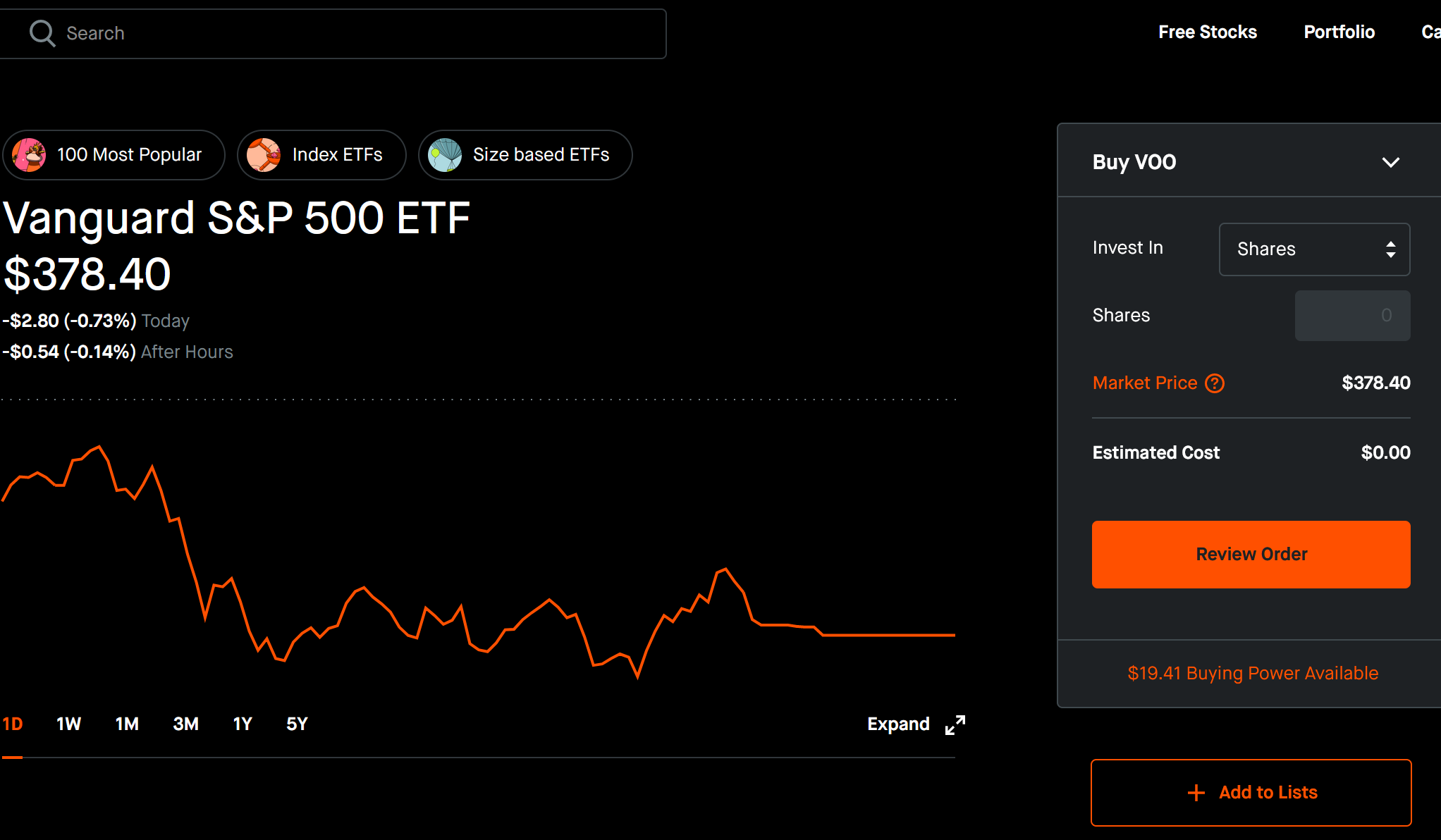
Dividends of common stock up 20 shares into one (1) share can be done by using a 2-for-1 or 3for-1 split. The most popular ratios are three-for-1 and two-for-1. Let's examine these split ratios to see how they impact the stock price. Split ratios are a way to increase the stock's value without decreasing its value.
Common stock shares up to twenty (20) can be combined into one (1) share
Doral's common stock will be traded on the NYSE in July 2013. In a reverse stock split, each issued and outstanding share of Doral's common stock will be combined into one (1) new share. The number total of authorized shares will be decreased by 15 million shares while the number of issued shares is expected to decrease by 134.0 million. Doral will trade its common stock on the NYSE now under the symbol DORAL as a result.

The Company's shares of common stock are issued to holders of Class A Preferred Stock and Class B Preferred Stock. The Series A Holder will be issued a certificate detailing the number and type of Common Stock they received after conversion. However, Dividends are not required to be paid to Series-A Preferred Stock Holders until the Dividend Date after the date for conversion.
Most split ratios are either 2-for-1 or 3 for 1.
A stock split is a method that publicly traded companies use to distribute additional shares among shareholders. This procedure increases shares outstanding by a particular multiple. The share's total dollar value is unchanged. The company's value is not affected by a stock split, unlike a merger and stock sale. The most common split ratios are 2-for-1 or 3-for-1. However, there are many other options.
A stock split is usually a 2:1 ratio. If shareholders approve, other ratios such as 10-for-1 and three-for-1 may be used. Stock splits are most commonly done at 2:1. However, other ratios such as 10:1 or 3:1 may also be used with shareholder approval. These ratios can be easily understood and applied. Each stock holder will get an additional 50 shares as a result.
Impacts on company's stock price
A stock split can have significant consequences for companies who want to increase the share price. It reduces the price of each share of stock, making it easier for new investors to invest in the company, and it allows current stockholders to purchase more shares. The more people who buy the stock, the higher the value of the company's shares. However, the stock market will change.

One of the biggest benefits of a stock division is that it lowers company shares' prices. This makes them more affordable and accessible to smaller investors. Some companies have incredibly high share prices, discouraging small investors from buying stock. Splitting the shares will lower the stock price and make it more accessible to new investors. It could also make a company more appealing to potential new employees.
FAQ
Why is a stock called security.
Security is an investment instrument whose worth depends on another company. It may be issued either by a corporation (e.g. stocks), government (e.g. bond), or any other entity (e.g. preferred stock). The issuer promises to pay dividends to shareholders, repay debt obligations to creditors, or return capital to investors if the underlying asset declines in value.
How do I invest my money in the stock markets?
You can buy or sell securities through brokers. Brokers can buy or sell securities on your behalf. When you trade securities, you pay brokerage commissions.
Brokers often charge higher fees than banks. Banks are often able to offer better rates as they don't make a profit selling securities.
An account must be opened with a broker or bank if you plan to invest in stock.
If you use a broker, he will tell you how much it costs to buy or sell securities. He will calculate this fee based on the size of each transaction.
Ask your broker about:
-
The minimum amount you need to deposit in order to trade
-
whether there are additional charges if you close your position before expiration
-
What happens to you if more than $5,000 is lost in one day
-
How many days can you keep positions open without having to pay taxes?
-
How much you can borrow against your portfolio
-
Whether you are able to transfer funds between accounts
-
How long it takes transactions to settle
-
The best way buy or sell securities
-
How to Avoid Fraud
-
how to get help if you need it
-
Can you stop trading at any point?
-
What trades must you report to the government
-
Reports that you must file with the SEC
-
How important it is to keep track of transactions
-
How do you register with the SEC?
-
What is registration?
-
What does it mean for me?
-
Who should be registered?
-
When do I need registration?
What is a REIT?
A real estate investment Trust (REIT), or real estate trust, is an entity which owns income-producing property such as office buildings, shopping centres, offices buildings, hotels and industrial parks. These are publicly traded companies that pay dividends instead of corporate taxes to shareholders.
They are very similar to corporations, except they own property and not produce goods.
How can people lose money in the stock market?
The stock exchange is not a place you can make money selling high and buying cheap. You can lose money buying high and selling low.
The stock market is an arena for people who are willing to take on risks. They will buy stocks at too low prices and then sell them when they feel they are too high.
They believe they will gain from the market's volatility. They might lose everything if they don’t pay attention.
What are some of the benefits of investing with a mutual-fund?
-
Low cost – buying shares directly from companies is costly. Buying shares through a mutual fund is cheaper.
-
Diversification – Most mutual funds are made up of a number of securities. One type of security will lose value while others will increase in value.
-
Professional management - professional mangers ensure that the fund only holds securities that are compatible with its objectives.
-
Liquidity: Mutual funds allow you to have instant access cash. You can withdraw your money at any time.
-
Tax efficiency - Mutual funds are tax efficient. Because mutual funds are tax efficient, you don’t have to worry much about capital gains or loss until you decide to sell your shares.
-
Buy and sell of shares are free from transaction costs.
-
Mutual funds are simple to use. All you need is money and a bank card.
-
Flexibility – You can make changes to your holdings whenever you like without paying any additional fees.
-
Access to information - you can check out what is happening inside the fund and how well it performs.
-
Investment advice - you can ask questions and get answers from the fund manager.
-
Security - Know exactly what security you have.
-
Control - You can have full control over the investment decisions made by the fund.
-
Portfolio tracking allows you to track the performance of your portfolio over time.
-
Easy withdrawal - it is easy to withdraw funds.
What are the disadvantages of investing with mutual funds?
-
Limited choice - not every possible investment opportunity is available in a mutual fund.
-
High expense ratio - Brokerage charges, administrative fees and operating expenses are some of the costs associated with owning shares in a mutual fund. These expenses can impact your return.
-
Lack of liquidity-Many mutual funds refuse to accept deposits. They must be bought using cash. This limits the amount that you can put into investments.
-
Poor customer service - There is no single point where customers can complain about mutual funds. Instead, you should deal with brokers and administrators, as well as the salespeople.
-
Rigorous - Insolvency of the fund could mean you lose everything
How are securities traded
The stock exchange is a place where investors can buy shares of companies in return for money. Companies issue shares to raise capital by selling them to investors. Investors then resell these shares to the company when they want to gain from the company's assets.
Supply and demand determine the price stocks trade on open markets. When there are fewer buyers than sellers, the price goes up; when there are more buyers than sellers, the prices go down.
You can trade stocks in one of two ways.
-
Directly from your company
-
Through a broker
Statistics
- Ratchet down that 10% if you don't yet have a healthy emergency fund and 10% to 15% of your income funneled into a retirement savings account. (nerdwallet.com)
- The S&P 500 has grown about 10.5% per year since its establishment in the 1920s. (investopedia.com)
- "If all of your money's in one stock, you could potentially lose 50% of it overnight," Moore says. (nerdwallet.com)
- For instance, an individual or entity that owns 100,000 shares of a company with one million outstanding shares would have a 10% ownership stake. (investopedia.com)
External Links
How To
How to Invest Online in Stock Market
Stock investing is one way to make money on the stock market. There are many options for investing in stocks, such as mutual funds, exchange traded funds (ETFs), and hedge funds. The best investment strategy depends on your risk tolerance, financial goals, personal investment style, and overall knowledge of the markets.
First, you need to understand how the stock exchange works in order to succeed. This includes understanding the different investment options, their risks and the potential benefits. Once you are clear about what you want, you can then start to determine which type of investment is best for you.
There are three types of investments available: equity, fixed-income, and options. Equity is ownership shares in companies. Fixed income is debt instruments like bonds or treasury bills. Alternatives include commodities like currencies, real-estate, private equity, venture capital, and commodities. Each option has its pros and cons so you can decide which one suits you best.
There are two main strategies that you can use once you have decided what type of investment you want. One is called "buy and hold." You buy some amount of the security, and you don't sell any of it until you retire or die. The second strategy is called "diversification." Diversification involves buying several securities from different classes. For example, if you bought 10% of Apple, Microsoft, and General Motors, you would diversify into three industries. Buying several different kinds of investments gives you greater exposure to multiple sectors of the economy. You are able to shield yourself from losses in one sector by continuing to own an investment in another.
Risk management is another key aspect when selecting an investment. Risk management allows you to control the level of volatility in your portfolio. A low-risk fund could be a good option if you are willing to accept a 1% chance. On the other hand, if you were willing to accept a 5% risk, you could choose a higher-risk fund.
Learning how to manage your money is the final step towards becoming a successful investor. Planning for the future is key to managing your money. A good plan should include your short-term, medium and long-term goals. Retirement planning is also included. Sticking to your plan is key! Don't get distracted with market fluctuations. Stick to your plan and watch your wealth grow.